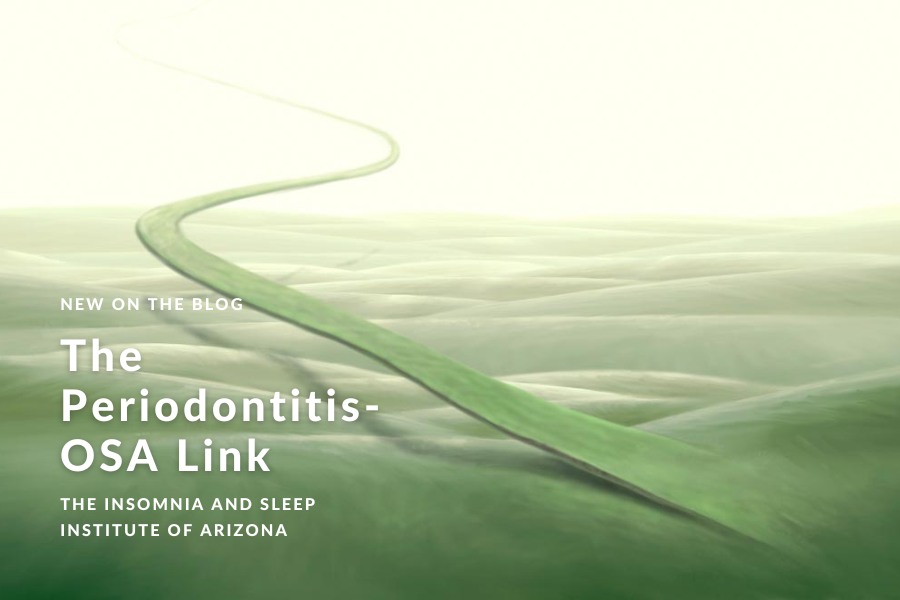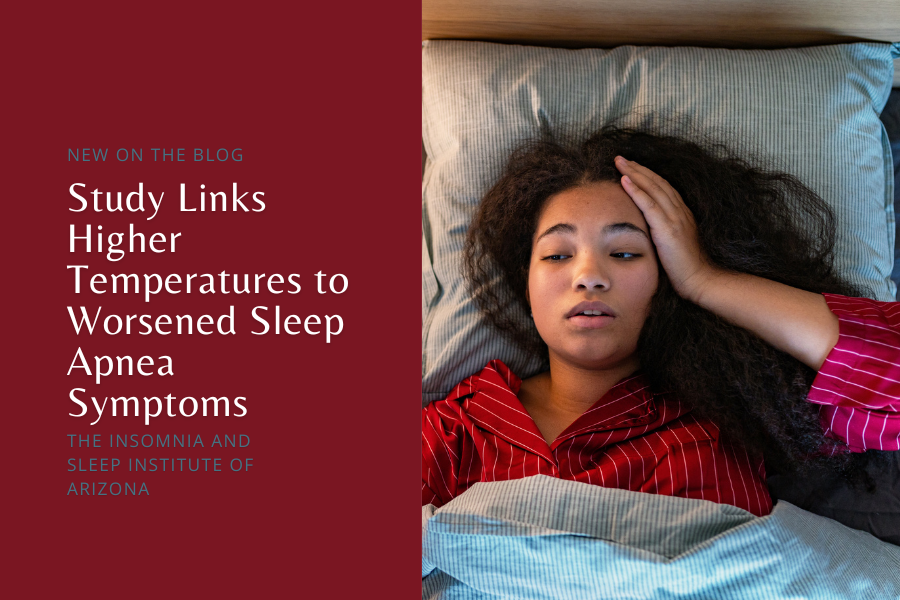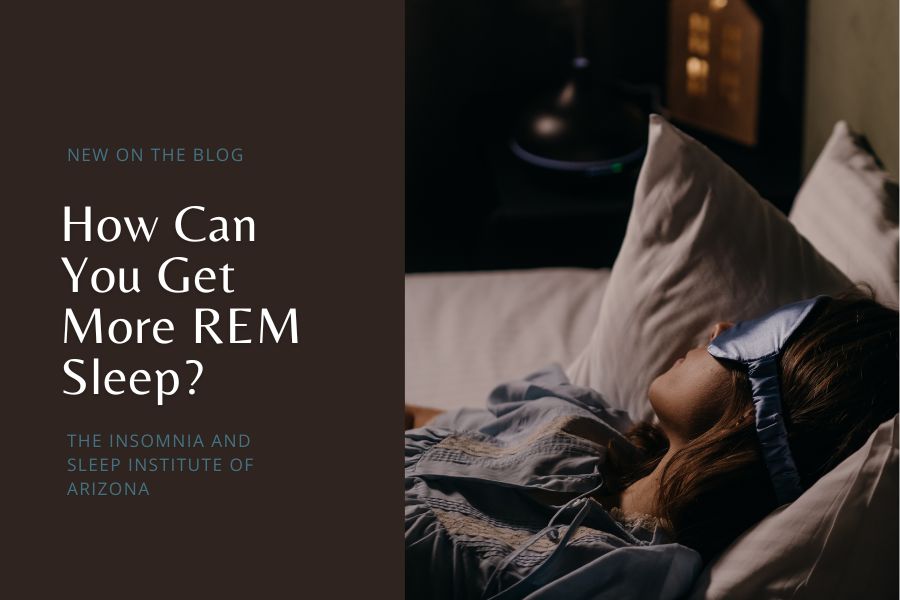Obstructive sleep apnea (OSA) is by far the most common type of sleep apnea, and it is estimated that many people remain undiagnosed. It is also one of the most common conditions managed at The Insomnia and Sleep Institute of Arizona, where CPAP therapy is the first line of treatment for this condition. Lifestyle changes are also often encouraged, particularly weight loss in instances where patients are overweight or obese (as carrying excess weight is one of the key causes linked to OSA). In rare cases where CPAP therapy is not effective, patients may be considered for alternative forms of therapy, such as the Inspire implant. It is critical to begin managing OSA immediately because it comes with a myriad of co-morbidities such as stroke, heart events, type-2 diabetes—and even periodontitis according to a recent study.
According to research published in the Journal of Clinical and Experimental Dentistry, there is a link between periodontitis and mild or moderate OSA. Curiously, severe OSA did not show a link to this dental issue. The research team considered literature beginning December 31, 2021 from various reputable sites such as Scopus and PubMed. Their demographic included those who were at least 18 years old. These researchers analyzed data based on the number of subjects, number of men vs. women, mean age, how many did or did not have an OSA diagnosis, and of course the number of people with periodontitis. In total, 10 studies that included a total of 30,994 participants were part of this review.
The analysis showed a “significant association” between OSA and periodontitis and there was no notable heterogeneity between the studies. A meta-regression analysis showed that publication year was not a factor for heterogeneity. Even after accounting for confounders in age and sex, there was still a strong link between these two conditions. Seven of the studies used polysomnography to validate the OSA diagnosis, which is the standard approach in sleep medicine. However, one study did use the STOP-Bang questionnaire, one used the Apnea-Hypopnea Index, and another used a self-reporting measure. All three of these approaches are also acceptable in the world of sleep medicine.
There was a total of three studies that distinctly looked at the relationship between OSA severity and periodontitis. All of these studies found a connection with mild or moderate OSA, but not severe OSA. Limitations in the studies did exist, such as a small sample size. Additionally, not many of the studies reported on the adjusted estimates of the link between periodontitis and OSA, which led to the team depending on raw survey data. Plus, the number of studies (10) was simply not very large. “Larger reviews would be beneficial,” remarked the team. Still, they conclude that the review shows an association between OSA and periodontitis. What does this mean for you?
Both sleep health and dental health have long been known to be have potential links. Both can be viewed as an indicator of overall health. When it comes to sleep health, quality and quantity matter—and most individuals with OSA are typically not getting what they need in either category. OSA closes the airway while you sleep, causing snoring and sometimes waking up gasping for breath. These are the two most common indicators of OSA, but since this occurs during sleep it can understandably be very difficult to notice. If you do not have a bedmate, knowing your sleeping behaviors can be virtually impossible.
Treat OSA, Treat Other Disorders and Diseases
Quality sleep is essential for overall health, whether you’re talking about mental health, other forms of bodily health, or dental health The sooner you start getting the sleep you deserve, the better off you will be. You do not need a referral for a consultation with a sleep expert at The Insomnia and Sleep Institute. Your first meeting will be with a professional who can diagnose sleep disorders and request testing and treatment. We also work with patients to ensure optimal CPAP fit and, ultimately, adherence.
CPAP can take some getting used to, but is the gold standard in treatment for OSA. Today’s technologies are also lighter, smaller, and more comfortable to use than ever before. To get started with diagnosing or managing OSA, contact us today. Call the office during business hours or, for an even faster response, fill out the online contact form now.








